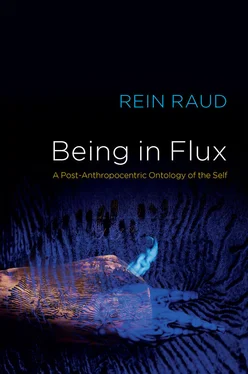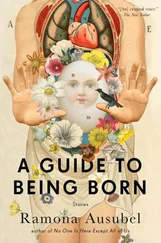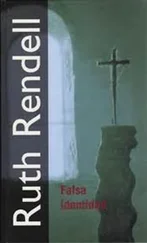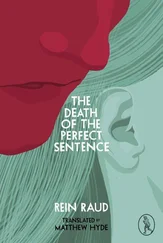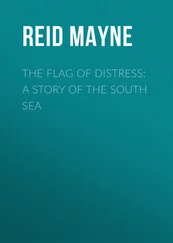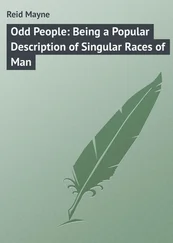The final chapter of the book is dedicated to the problematic of agency and decision-making, which is viewed as taking place in an extended network comprising not only the whole body, but also its outreach into the environment and the significant others to which it binds itself. I will be joining the theorists who argue that the selfhood of real people is always embodied, embedded and enacted, as well as a part of an extended network, in the spirit of the ‘4E’ cognitive theory (Newen et al. 2018). True to the process-ontological principles of my account, I see the existence of things taking place only in a context of dynamism, viewing instances of standstill simply as movement at zero speed. This is also the background against which, I suggest, an account of agency needs to be formulated – an embedded selfhood torn between different trajectories and motivations, rather than an isolated, sovereign mind forming intents and acting on them. In my view, agency consists ultimately in the capacity to stray from seemingly predestined courses of action (so that consciously staying on them also becomes an agentic choice), and I provide an account of mental causation to support the argument about how this can happen. The final sections of Chapter 4turn to group theory, and I will argue, contrary to the prevalent view, that it is feasible to see individual selves as structurally similar to groups in which the members relatively strongly relate to one another, to the point even when we can say that individual selfhood, with its internal dynamic, is a particular case of collective self, simply encapsulated in one human being.
Before moving on to the actual inquiry, I need to apologize to those (most appreciated) readers of this book who are taking it on from the beginning to (it is hoped) the end, for I will be somewhat repetitive and occasionally come back to some of my most central claims for the benefit of those who only have time for separate chapters or sections. I will indeed also take it for granted that many readers, especially those accustomed to view these topics in the terms of the analytical philosophy of mind, may have disagreements with my argument already on the very axiomatic level, or in the way problems have here been formulated. But the world is changing at an incredible speed and our efforts to keep up with it may often require adapting to or adopting the unexpected, so that alternatives to the habitual may potentially turn out to have more explanatory power than the received view, while being just as consistent and coherent, and possibly even in a better accord with the views of frontline hard sciences.
Moreover, what I have to say is a contribution to an emerging and ever stronger, even if polyphonic and not always harmonized, choir of voices. The main influences on this book will be easy to discern and include the classical process metaphysics of Bergson and Whitehead, the proponents of actor-network theory, primarily Bruno Latour (1993, 2005); feminist philosophy, in particular new views of materiality and the body (Barad 2007; Bennett 2010; Braidotti 2013; Grosz 1994); interdisciplinary comparative philosophical studies with a strong theoretical bent (Culliney and Jones 2018; Kasulis 2002); new approaches to ontology and epistemology (Bryant 2011; Gabriel 2015a, 2015b, 2017, 2018; Harman 2011, 2016, 2017); some advances of recent cognitive science and related philosophical analyses of selfhood (Chalmers 1996; Gallagher 2017, 2020; Korsgaard 2009; Noë 2006, 2012; Rovane 1997; Thompson 2007; Zahavi 2005, 2014); and, in particular, theories of extended mind (Clark and Chalmers 1998; Haugeland 1998; Menary 2007). The argument has further been significantly shaped by efforts at a dialogue between philosophy and ‘hard’ sciences. Last, but quite definitely not least, this inquiry is heavily indebted to recent work done in the field of social ontology, in particular the ‘Cambridge School’ (Elder-Vass 2010, 2012; Lawson 2019; Lawson et al. 2007; Pratten 2014), but also other theorists of similar topics (Jaeggi 2018; List and Pettit 2011; Tollefsen 2015; Tuomela 2013; Wilson 2004). Needless to say, my debt to Jeffrey Alexander, Zygmunt Bauman, Pierre Bourdieu, Michel Foucault, Umberto Eco and Yuri Lotman has been carried over from my previous work to this book as well. As readers more familiar with Asian thought will no doubt immediately notice, this inquiry also bears traces with my long-time involvement with various streams of it, and particularly the thought of the thirteenth-century Japanese Buddhist philosopher Dōgen, to the engagement with whom I owe many of my central insights. Nonetheless, for fear of diminishing the intelligibility of the text for the Western reader, I have kept the discussion of non-Western thought traditions to the absolute minimum.
1 1 I take the distinction between the terms ‘posthuman’ and ‘post-anthropocentric’ from Rosi Braidotti’s work (2013), but I will be attributing a slightly different sense to them. For Braidotti, ‘posthuman’ signifies the rejection of the traditional ‘humanist’ paradigm based on a restricted, Eurocentric and male-centred view of what counts as human (2013: 13–16), while post-anthropocentrism is the upgraded version of this critique that extends, mostly by technological means, its perspective beyond that of the human species, integrating the dimensions of ‘becoming-animal’ (2013: 67ff.) and ‘becoming-machine’ (2013: 89ff.). The two thus form concentric conceptual circles, with posthumanism as the core. For me, ‘human’ signifies broadly all the specifically human contributions to the current state of the world, both good and bad, while ‘post-anthropocentric’ designates an order in which the human point of view no longer forms the natural centre of gravity. Thus, for example, the idea of ‘animal rights’ cannot be a part of the posthuman paradigm, because the idea of ‘rights’ as such is specifically human, but it is nonetheless post-anthropocentric in that it has extended the domain where rights apply beyond the borders of the human species.
2 2 Christopher Powell formulated a similar solution to this problem when he proposed that ‘the concepts of “agency” and “structure” be understood as opposed yet complementary ways of parsing the same phenomena … This is not to say that any given phenomenon has both structural and agential qualities, mixed together. It is to say that any given phenomenon is entirely, completely structured, and at the same time entirely, completely agential’ (2013: 198). However, in his radically relationalist vision, which is very close to mine in most aspects, this dichotomy is not really abandoned, but only reconceptualized in a less explicit form as the opposition between ‘actual’ and ‘potential’ relations, where the latter pre-exist the former and determine the scope of the possible – ‘a relation exists as a potentiality prior to its being actualized through interaction’, Powell writes (2013: 193). Thus, all of what happens has existed previously in virtual form, but not all of what exists virtually will happen. With this, I have to disagree, as it could be argued that a certain order surely has to reign on the plane of potential relations, and that can easily be extracted as a modified idea of ‘structure’.
3 3 Throughout this inquiry, the term ‘real’ will be used in two connected senses: (1) to be real is to be an indispensable part of a causal linkage; (2) to be real is to take place even if unobserved by parties that are affected by that particular causal linkage. This is not to say that airwaves are real, but sounds are not; the claim is that sounds only become real as ‘sounds’ when they reach someone’s ear and elicit a response. Thus, the same happening in the world can be ‘real’ in several different ways, as a part of different causal linkages, depending on the vantage point.
Читать дальше
